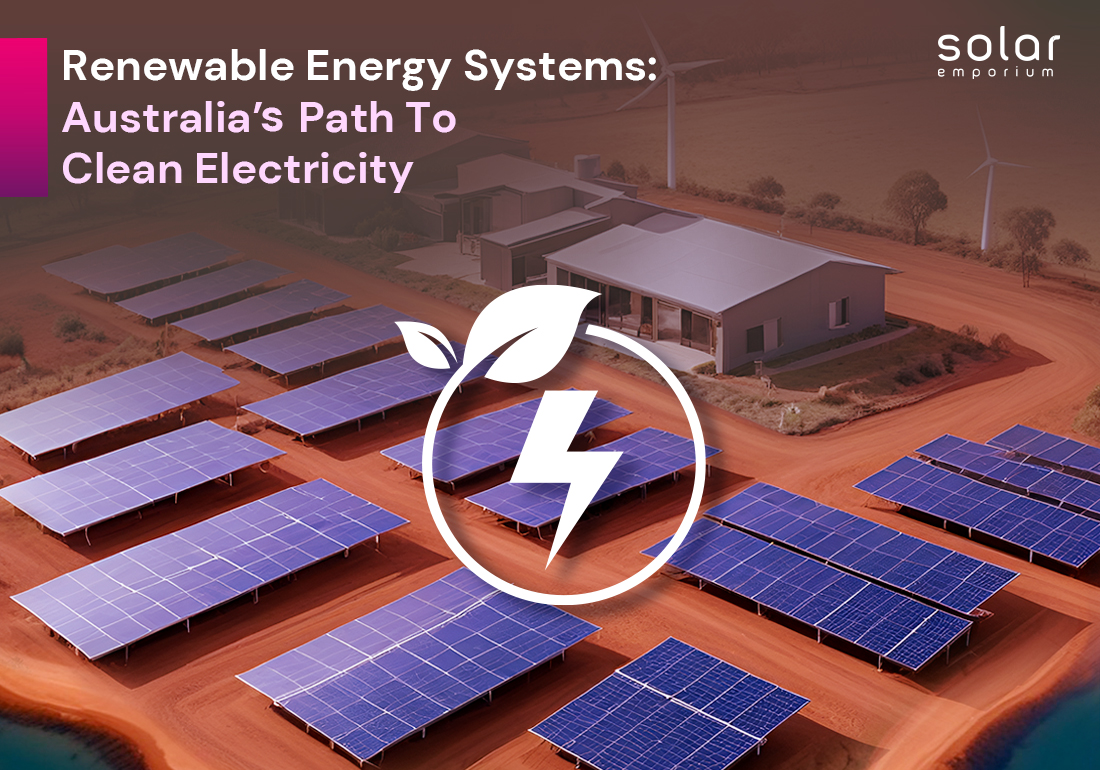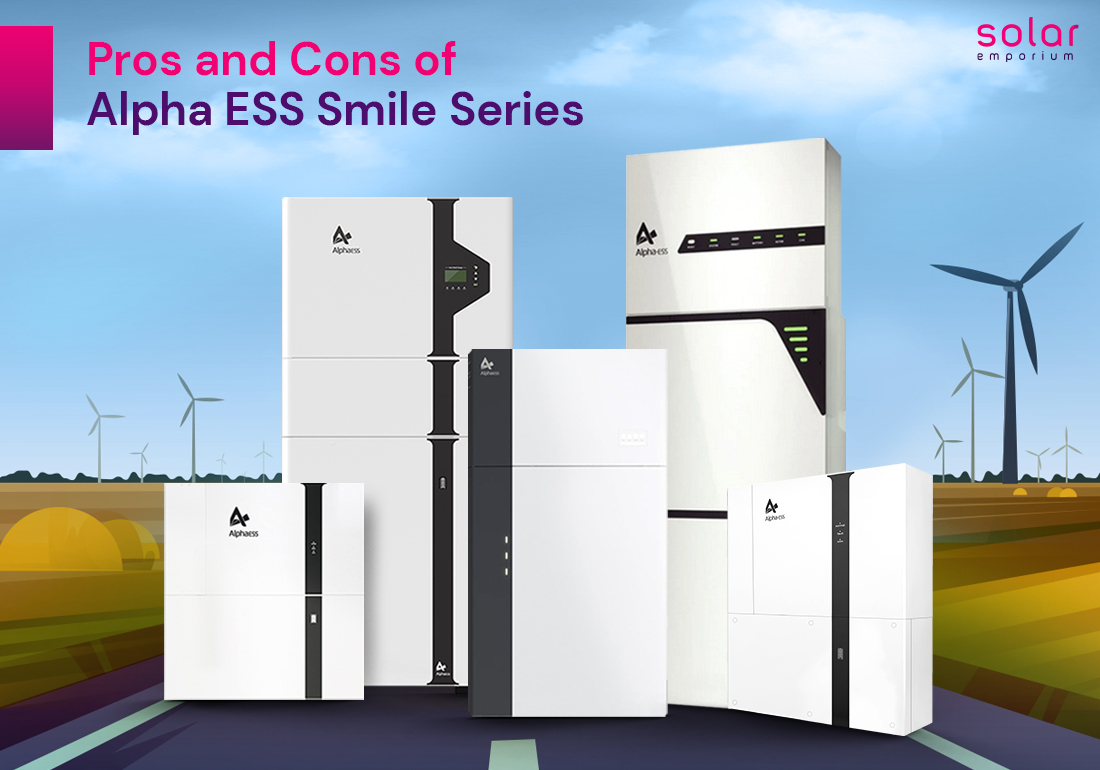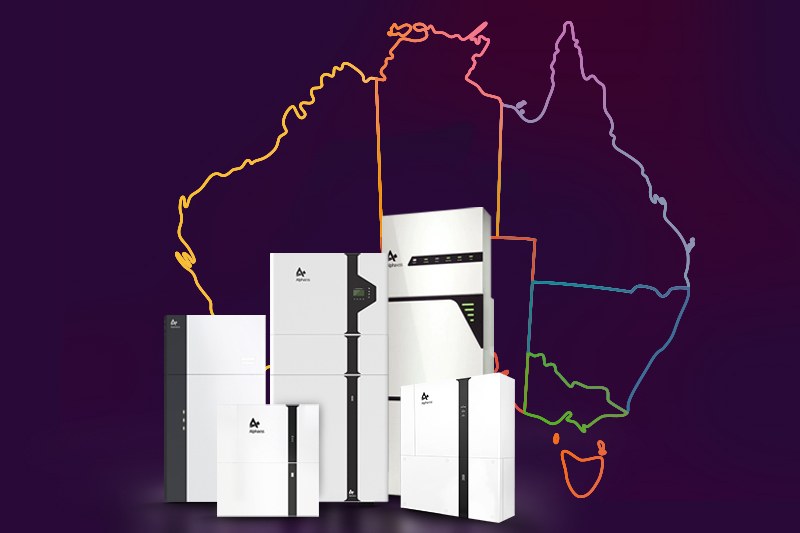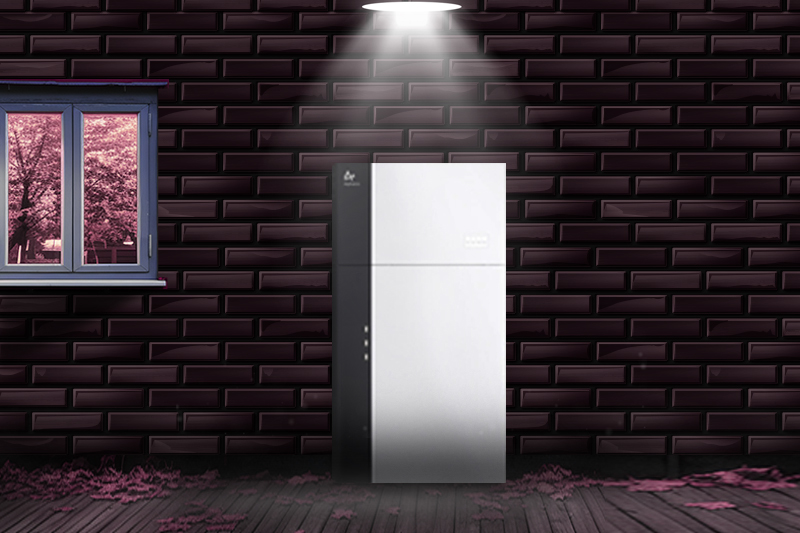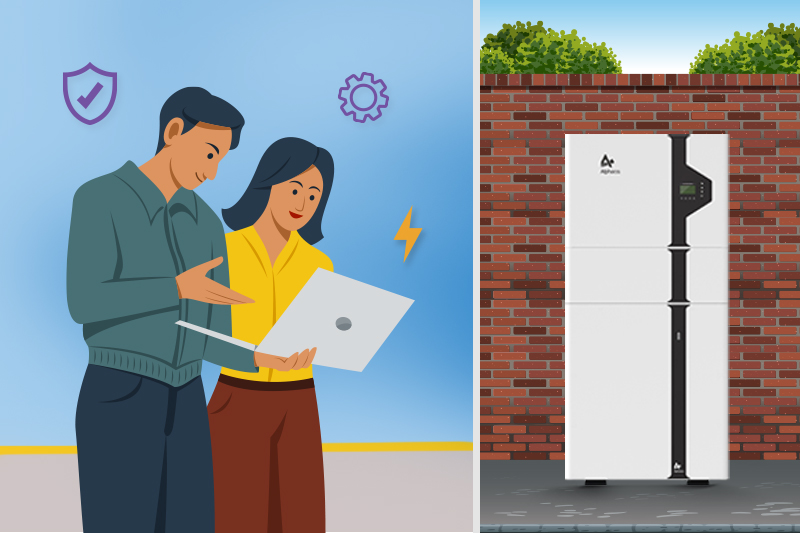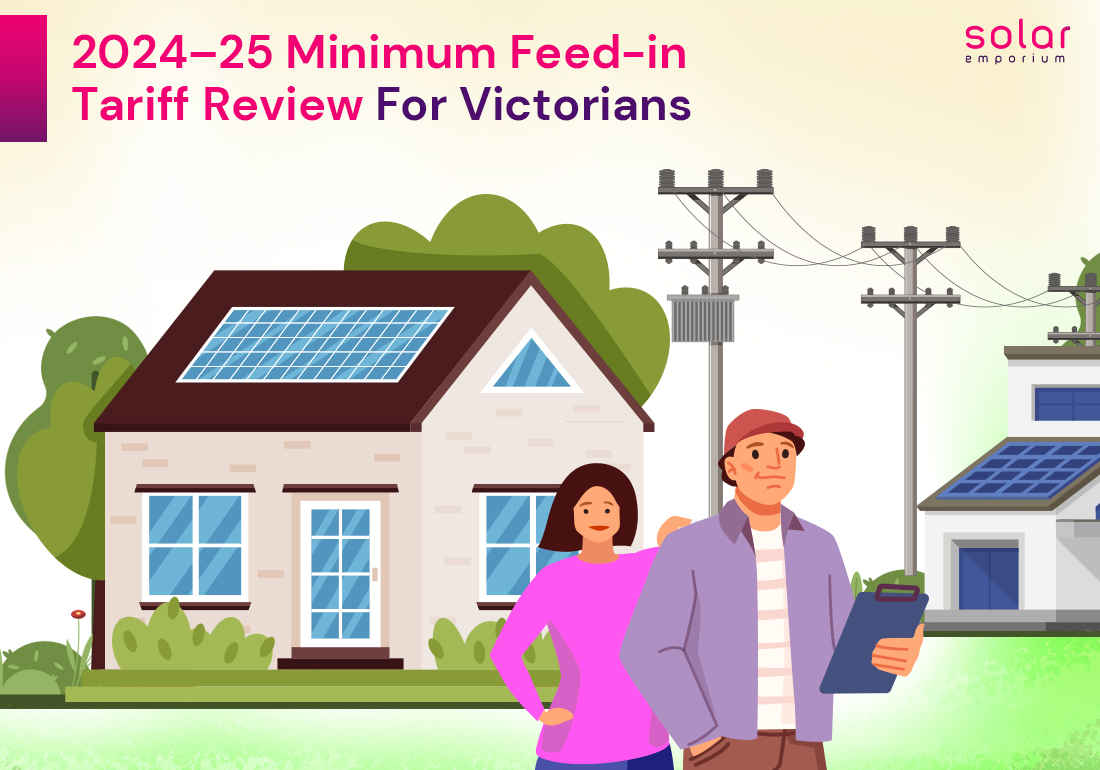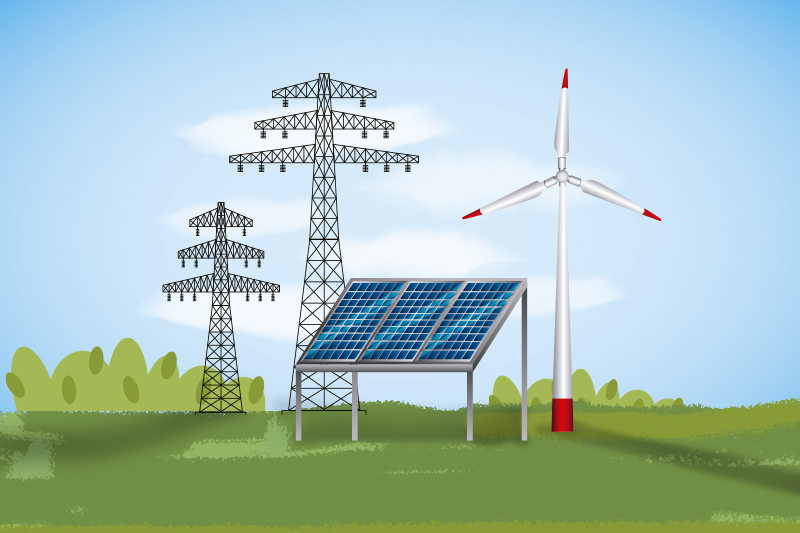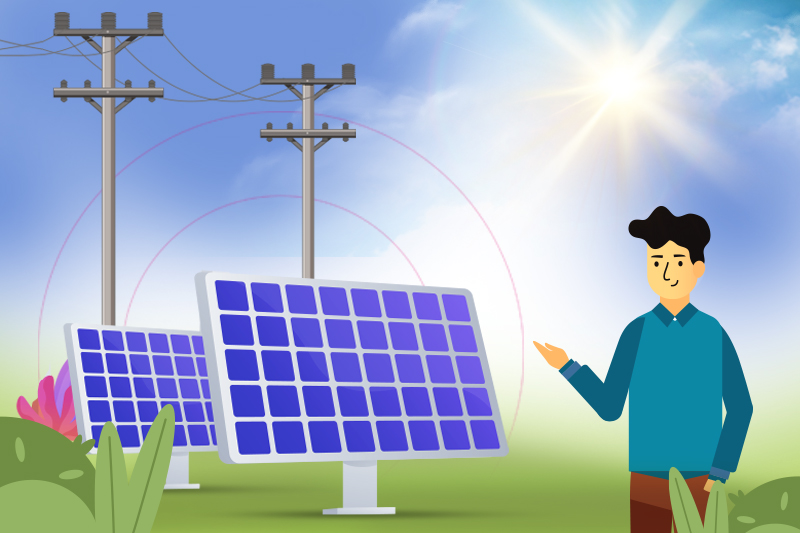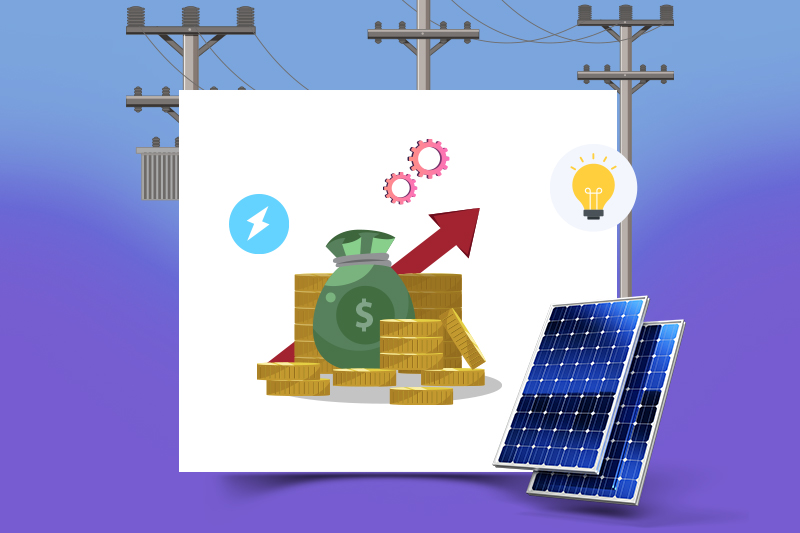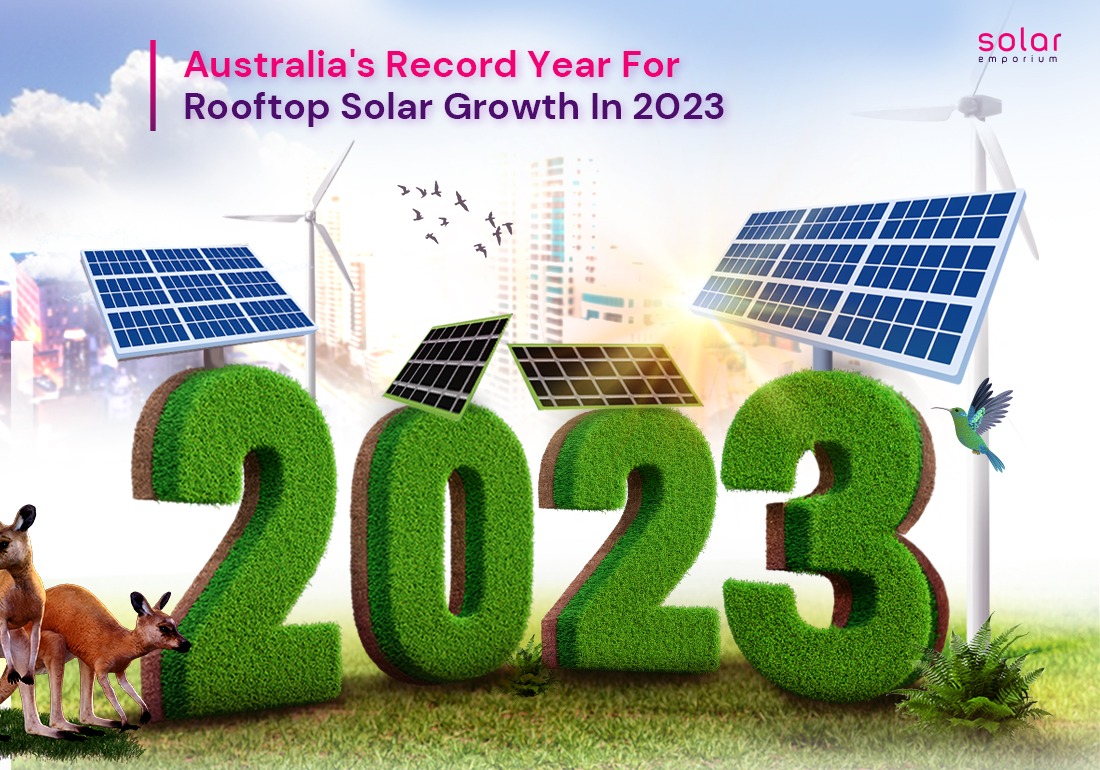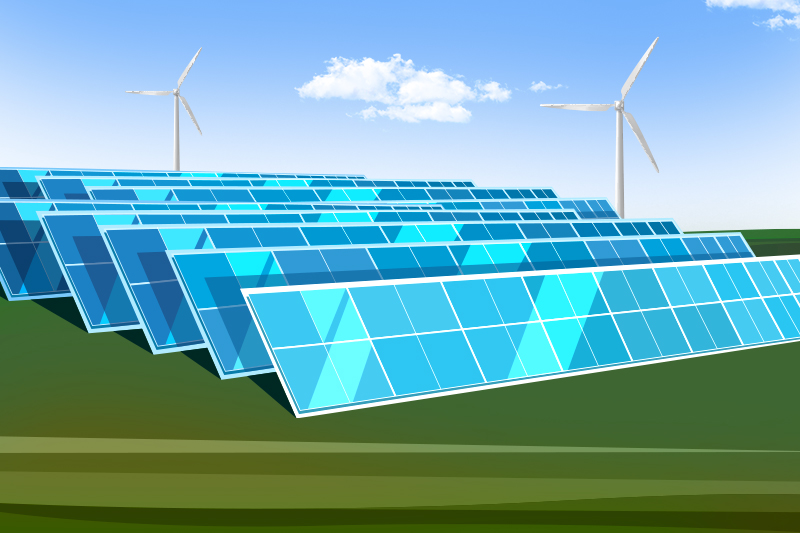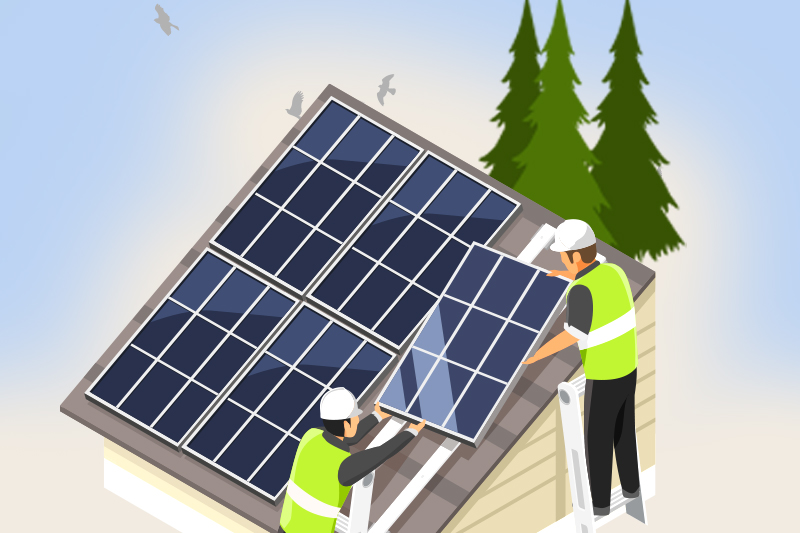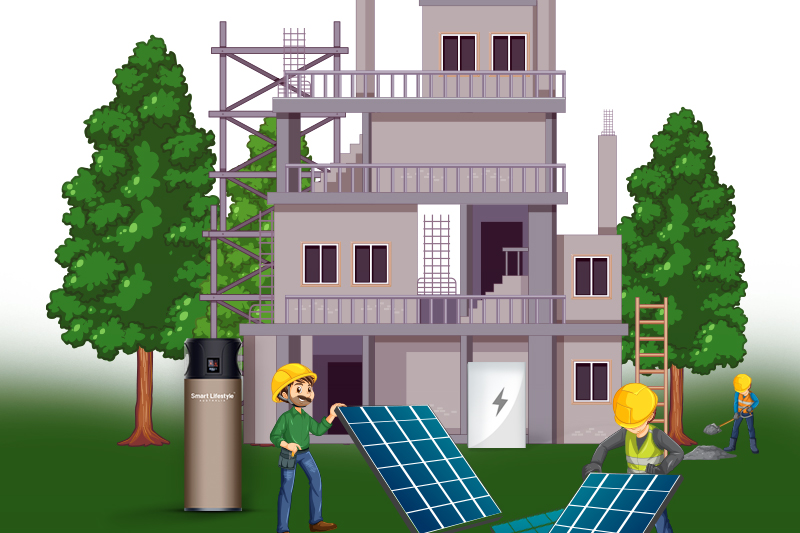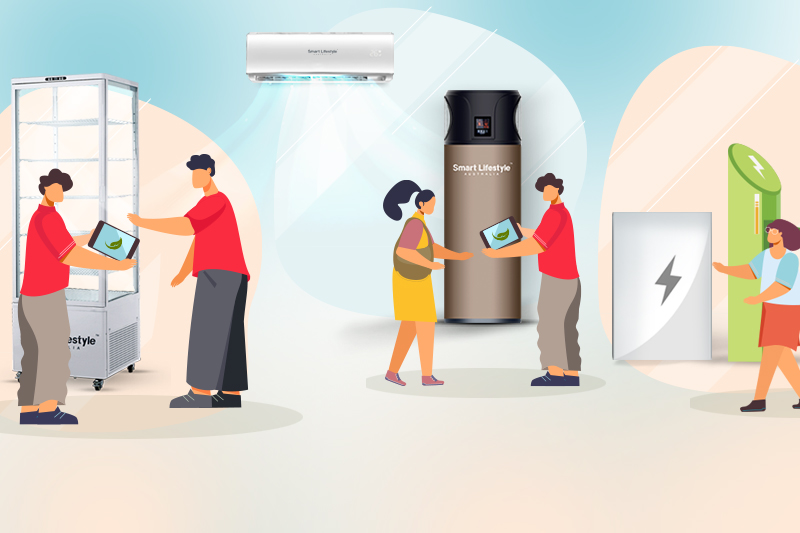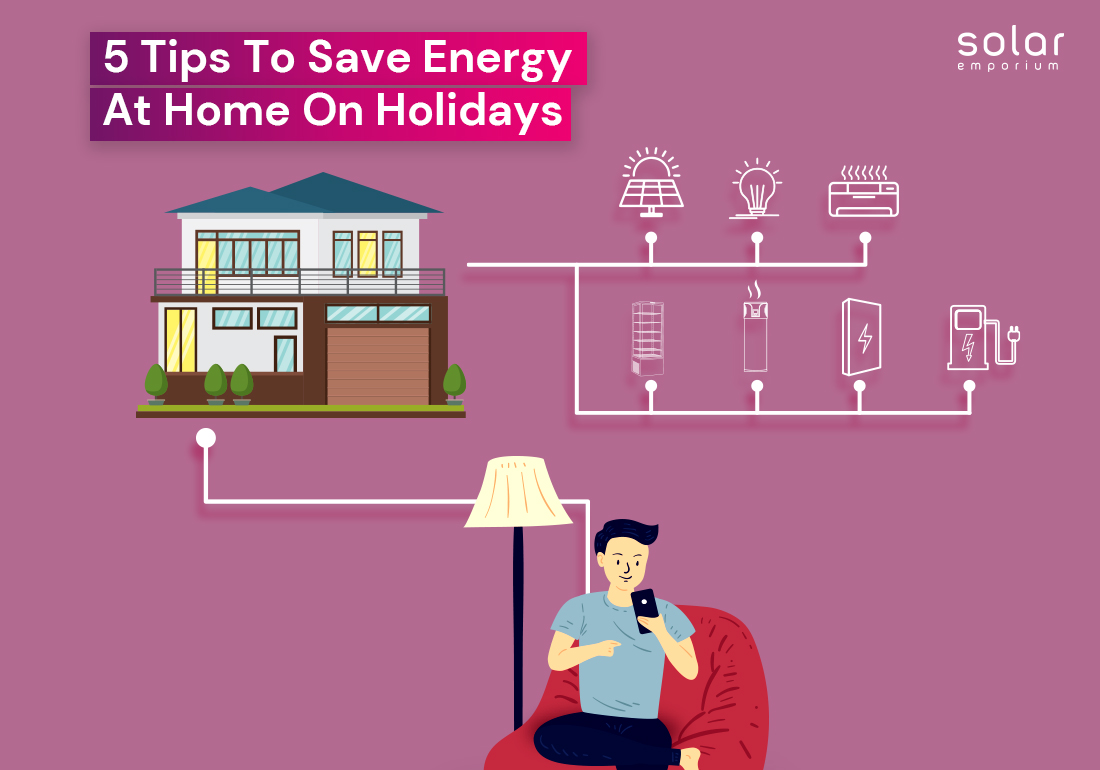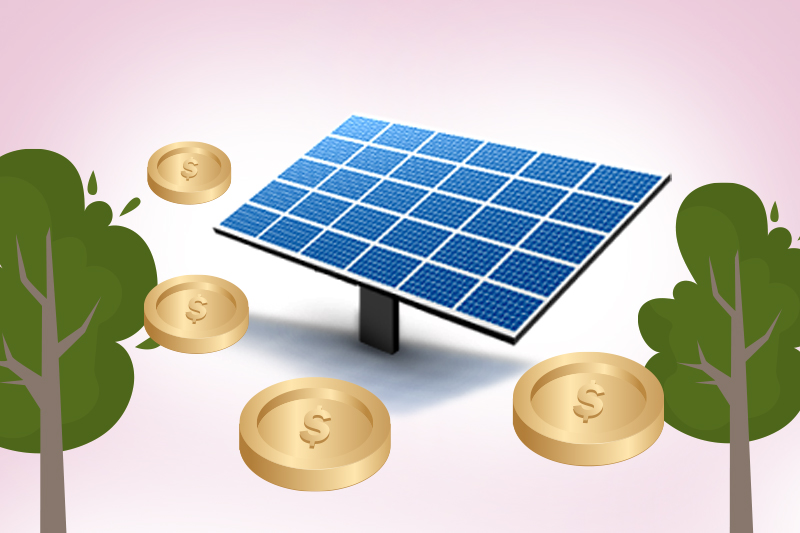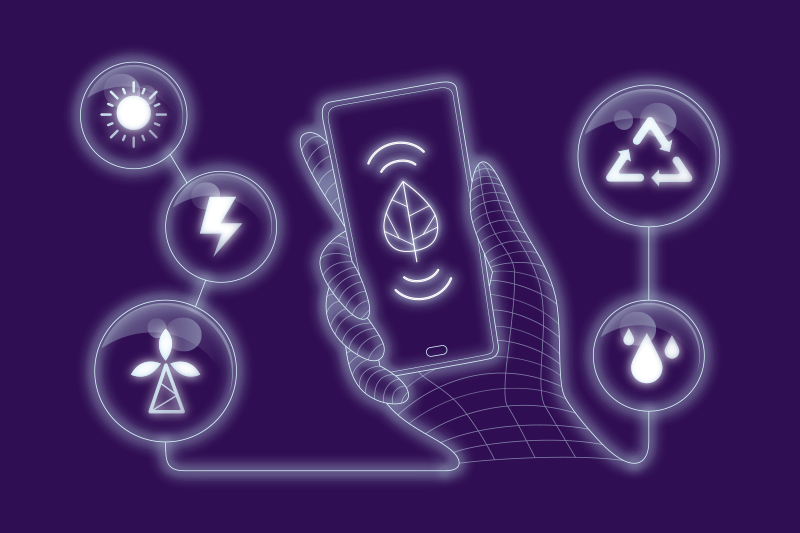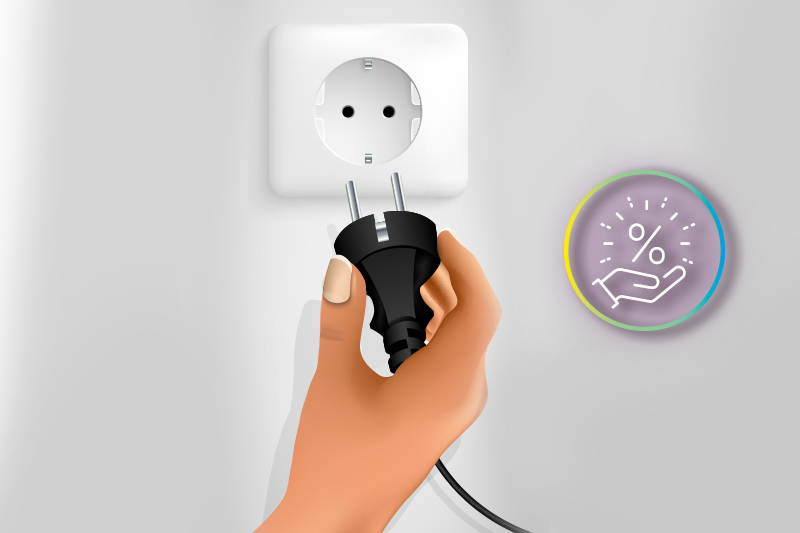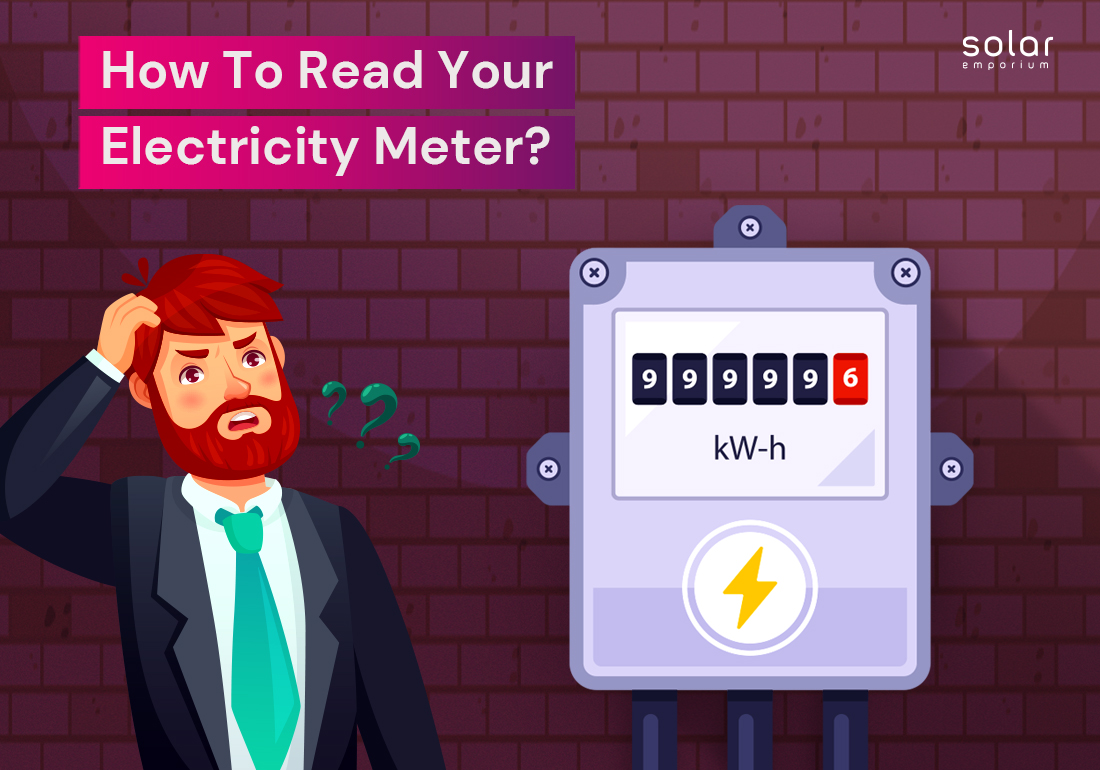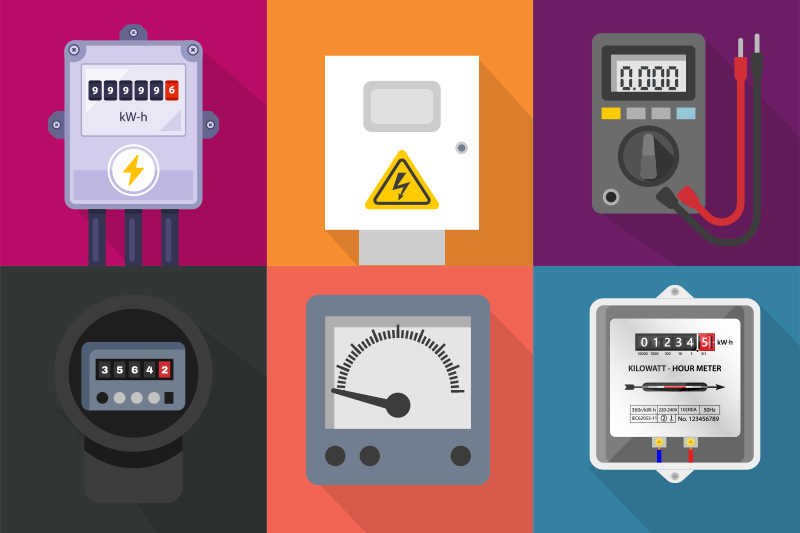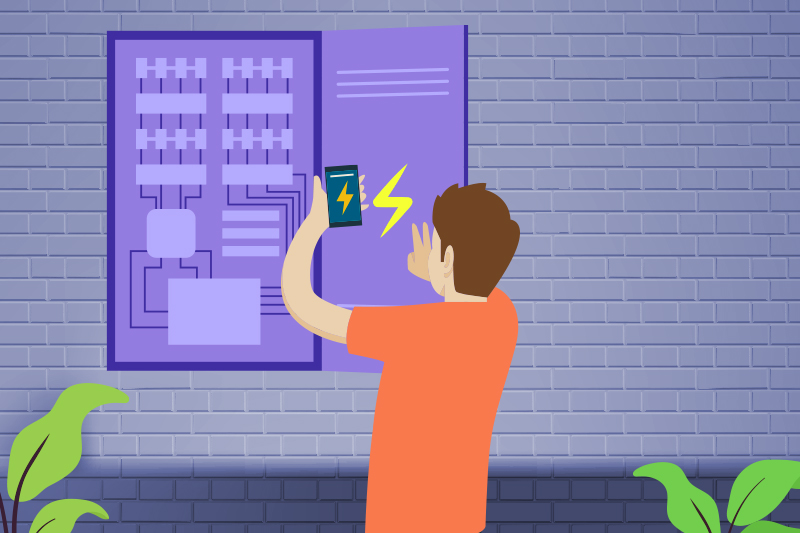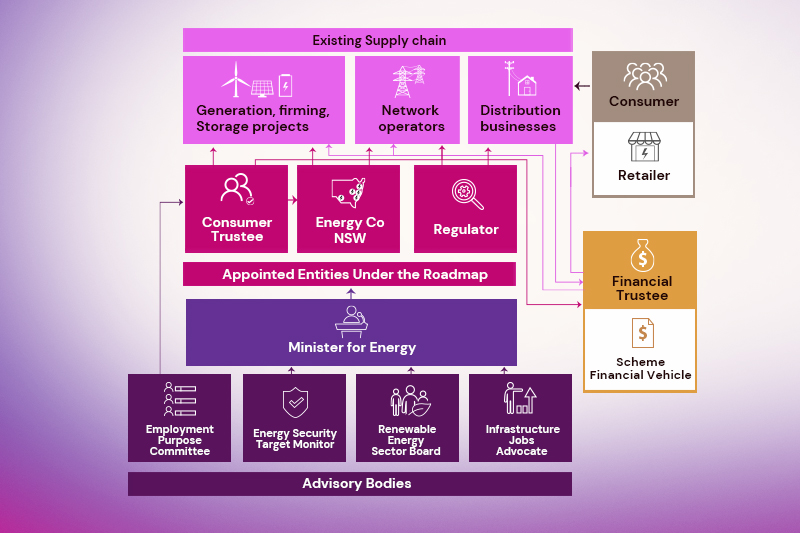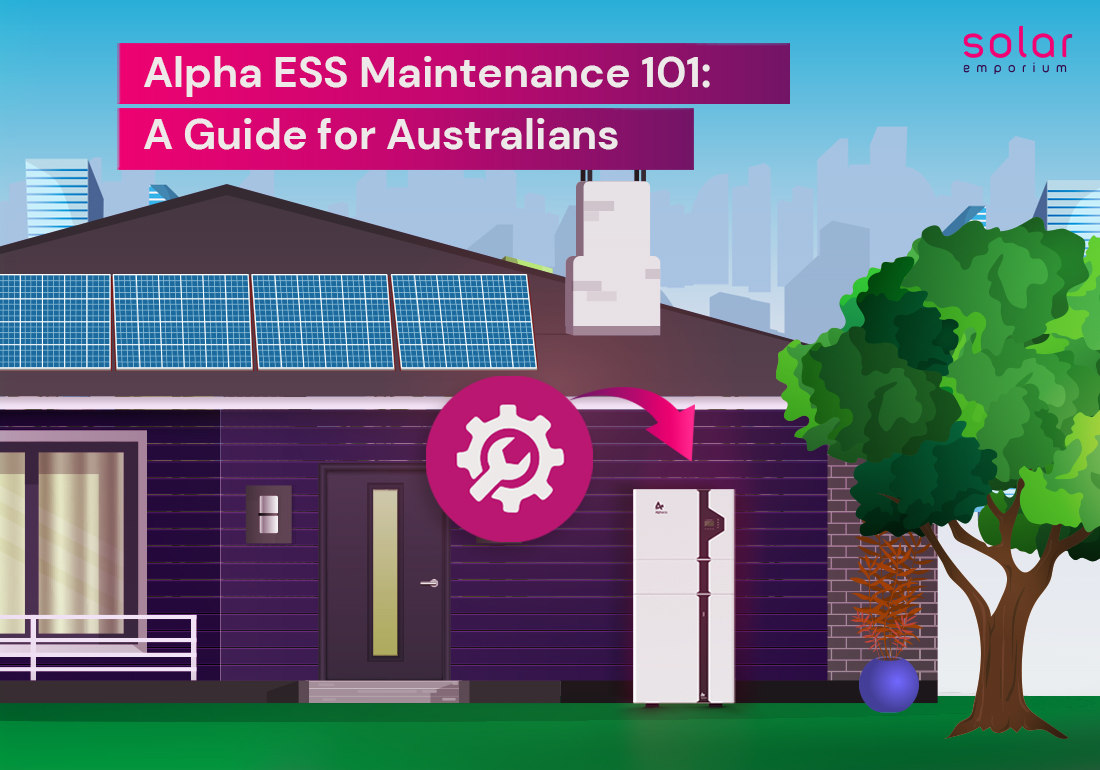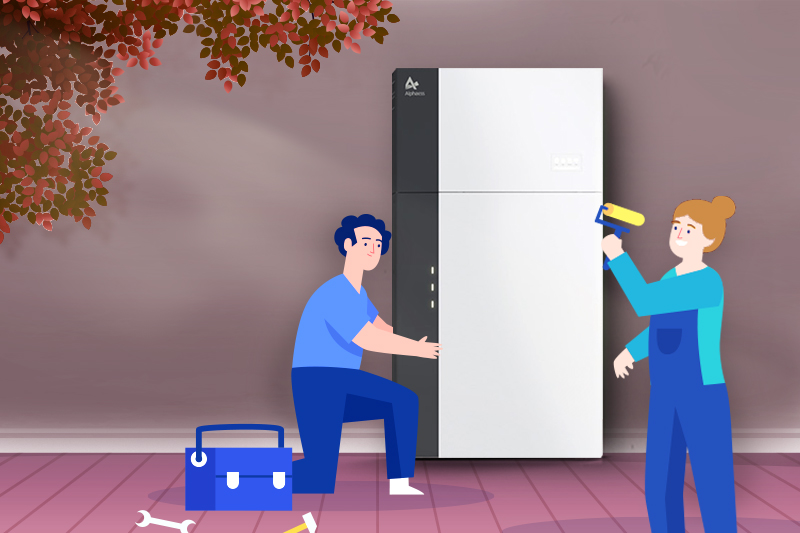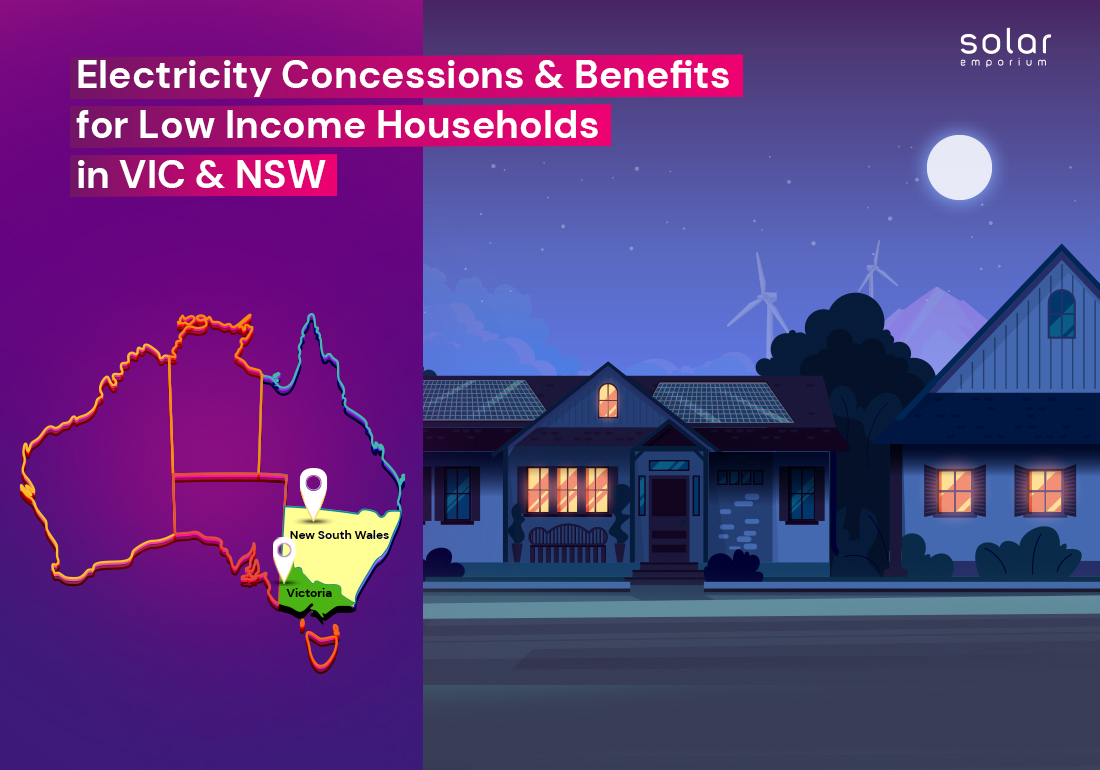Australia is journeying towards a cleaner and greener future by embracing renewable energy systems. These systems, which include solar, wind, and hydropower, are crucial to reducing pollution and protecting the environment.
Using its natural resources, Australia aims to produce electricity sustainably and do less harm to the planet. This shift helps the environment and supports new jobs and growth in the renewable energy sector.
Let’s explore how renewable energy systems are Australia’s path to clean electricity and what the transition to clean electricity means for the country and the world.
Supply of Renewable Energy Systems
The Clean Energy Australia 2024 report suggests record-breaking investment in utility-scale storage and booming results for rooftop solar.
The report revealed that renewable energy comprised almost 40% of Australia’s electricity in 2023, rising from 17% in 2017. Australia added 5.9 GW of renewable generation capacity in 2023, higher than the 5 GW added in 2022.
Clean Energy Council Chief Executive Kane Thornton highlighted the collaboration between industry and government, noting that the energy system is transforming rapidly.
Significant progress was also made in battery storage, with 27 projects underway, compared to 19 in 2022, and investment in this area increased to $4.9 billion.
Rooftop solar grew, with 3.1 GW added, as 337,498 households and businesses installed new systems, making up 28.5% of the renewable energy share.
Despite these achievements, investment in large-scale projects fell, with no new wind commitments and fewer solar commitments.
However, recent policy initiatives aim to address challenges like energy costs and emissions, reinforcing the commitment to a clean energy future.
Key points from the Clean Energy Australia 2024 Report:
- Renewable energy provides 39.4% of Australia’s electricity.
- 5.9 GW of new renewable energy capacity was added in 2023.
- 2.8 GW of large-scale renewable energy projects were completed and connected to the grid.
- Rooftop solar added 3.1 GW of new capacity from 337,498 households and small businesses.
- By the end of 2023, 7 large-scale battery projects were under construction, with a combined capacity of 5 GW / 11 GWh, up from 19 projects with 1.4 GW / 2 GWh in 2022.
- Investments in large-scale storage reached $4.9 billion in 2023, up from $1.9 billion in 2022.
- No new financial commitments were made for utility-scale wind projects 2023, compared to six in 2022.
- Seven new financial commitments for large-scale solar projects were made, totaling 921 MW, down from 10 projects totaling 1.5 GW in 2022.
Clean Energy and the Electricity Market

The electricity market is changing significantly, with renewable energy and clean technologies becoming more critical. Innovation in clean energy is crucial for Australia’s economy and helps reduce global emissions.
The Australian Government supports clean energy innovation through research, development, and implementation. As part of Mission Innovation, a global initiative, Australia is co-leading efforts to make clean hydrogen cheaper.
National Energy Transformation Partnership
Achievements So Far
Renewable Energy Target (RET)
The Renewable Energy Target (RET) aims to reduce greenhouse gas emissions by promoting renewable energy. It also encourages investment in new projects, supporting growth in the renewable sector.
The Clean Energy Regulator confirmed enough projects to meet and exceed the 2020 target of 33,000 GWh, and the scheme will continue supporting renewable power stations until 2030.
By mid-2022, over 3.2 million solar PV systems and 1.44 million solar water heaters were installed in Australia.
Australian Renewable Energy Agency (ARENA)
Clean Energy Finance Corporation (CEFC)
The CEFC invests in projects to help Australia achieve net-zero emissions, supporting energy efficiency, renewable energy, and low-emission technologies.
From 2013 to June 2022, the CEFC committed over $10.8 billion to 260 clean energy projects. The $200 million Clean Energy Innovation Fund, co-managed by ARENA and the CEFC, supports emerging clean energy technologies.
Decline of Fossil Fuels
Until the end of 2020, 75% of Australia’s electricity came from fossil fuels, with renewables making up less than 20%. Coal was the primary source, providing around 55% of electricity in 2023, but this is down from over 70% in 2020 due to efforts to reduce fossil fuel use.
This shift has led to a rapid increase in renewable energy, both from large utility projects and small-scale installations in homes and businesses.

Rooftop solar installations have grown significantly, with around 3 million homes using solar power in 2023, contributing about 11.2% of the country’s electricity.
However, the addition of new rooftop solar capacity is slowing. With 2.9 GW added in 2023, it is expected to drop to 2.5 GW in 2024 and 2 GW in 2025 due to grid connection delays and reduced incentives.
Utility-scale solar power increased by about 90% from 2020 to 2023, and wind power grew by 40%.
During the same period, coal power declined by 12% and gas power by 23%, showing a significant shift towards renewables.
From 2018 to 2022, renewable generation capacity doubled from less than 20 GW to over 40 GW. At the same time, fossil fuel capacity grew slightly from 51 GW to 53.8 GW.
As a result, the share of clean energy in Australia’s power system rose from 34% in 2018 to 48% in 2023, with an expected increase to around 50% by the end of 2023.
Australia’s Growth to Clean Electricity
Experts predict that renewable energy capacity in Australia will keep multiplying over the next few decades. By the end of this decade, clean energy sources are expected to provide most of the country’s electricity.
Solar energy will play a significant role, with large-scale solar capacity projected to increase from about 22 GW at the end of this year to over 80 GW by 2029, according to the Australian Energy Market Operator (AEMO).
However, the growth in solar capacity is likely to be outpaced by the expansion in energy storage. Energy storage, including batteries and pumped hydro dams, can save renewable energy for later use.
Based on AEMO data, stored energy capacity is expected to rise from 1.6 GW in 2024 to just over 22 GW by 2030. Wind power capacity is also set to increase significantly.
If these expansions happen as planned, Australia’s electricity generation will be primarily powered by clean energy. This shift could turn Australia from a laggard in clean power at the start of this decade into a leader in clean energy by the 2030s.
Renewable Energy and Sustainable Development in Australia
Renewable energy is crucial in discussing sustainable development and fighting climate change in Australia.
In 2022, 32% of Australia’s electricity came from renewable sources like solar (14%), wind (11%), and hydro (6%), the highest share on record, up 1% from the previous year.
Types of Renewable Energy:
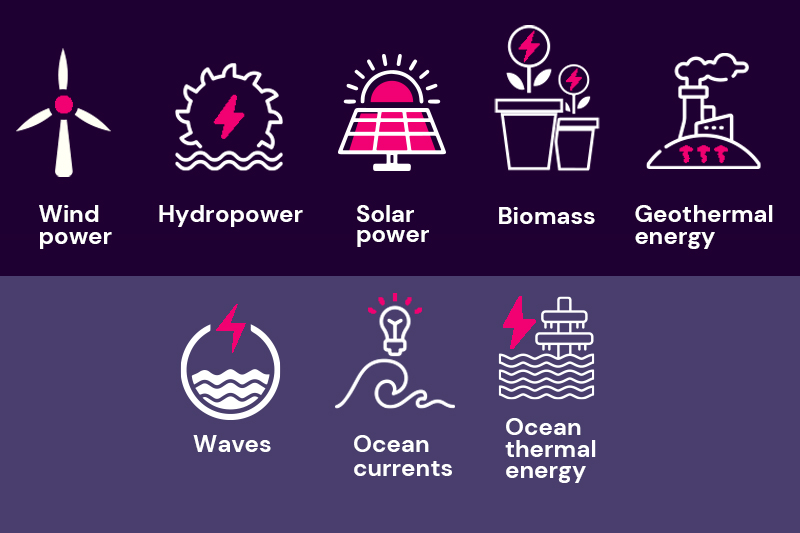
Wind Power:
Solar Power:
Hydropower (Falling Water):
Geothermal Energy:
Biomass:
Derived from organic materials like plant and animal waste, biomass can be converted into heat or electricity through various technologies such as combustion and anaerobic digestion.
The Bioenergy Roadmap suggests that by 2030, bioenergy could significantly boost Australia’s economy and job market while reducing emissions.
Wave Energy:
Ocean Currents:
Ocean Thermal Energy:
Tidal Energy:
This energy captures energy from the predictable rise and fall of tides. Australia has localized regions with potential for tidal power, but wave energy is more widespread.
These renewable energy sources are praised for their low environmental impact and sustainability.
They produce little to no greenhouse gas emissions and rely on infinite resources. Investing in and advancing these technologies will lead to Australia’s cleaner and more sustainable energy future.
For any solar-related need, contact Solar Emporium and get a free solar quote today!
